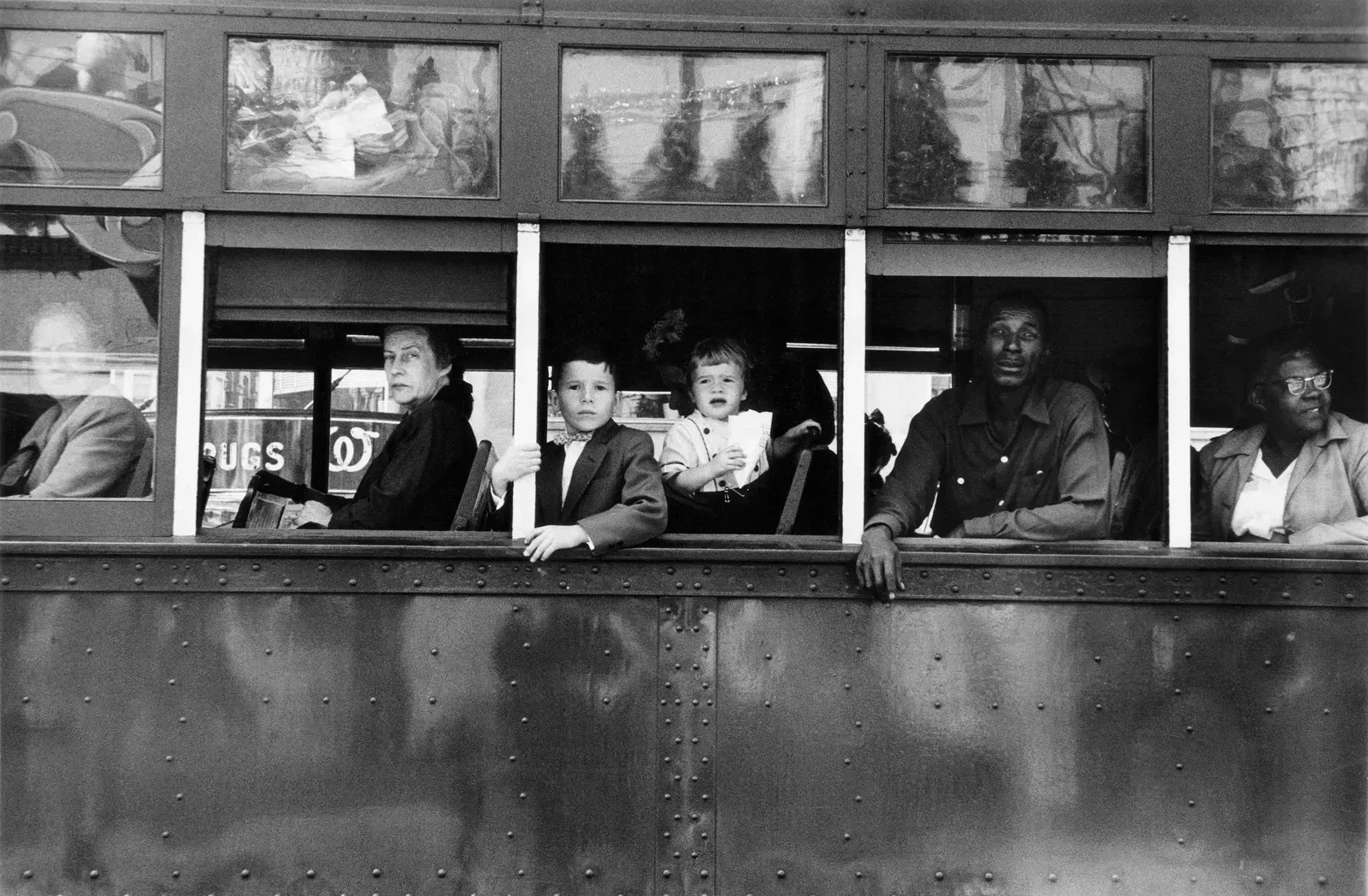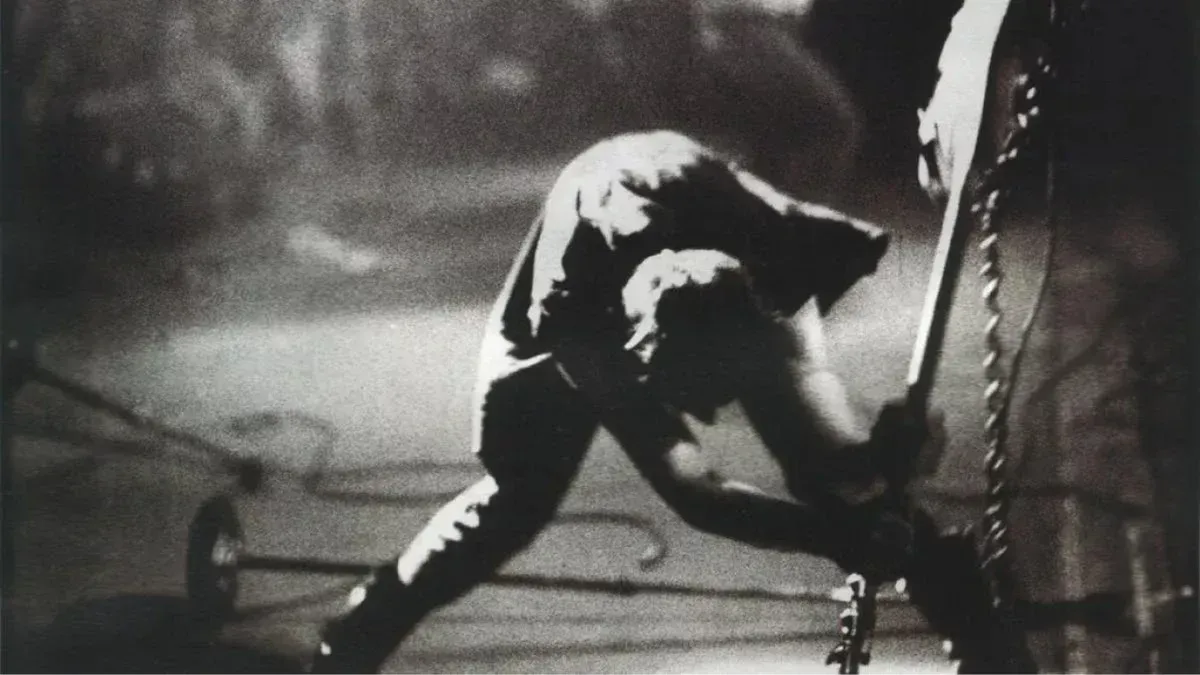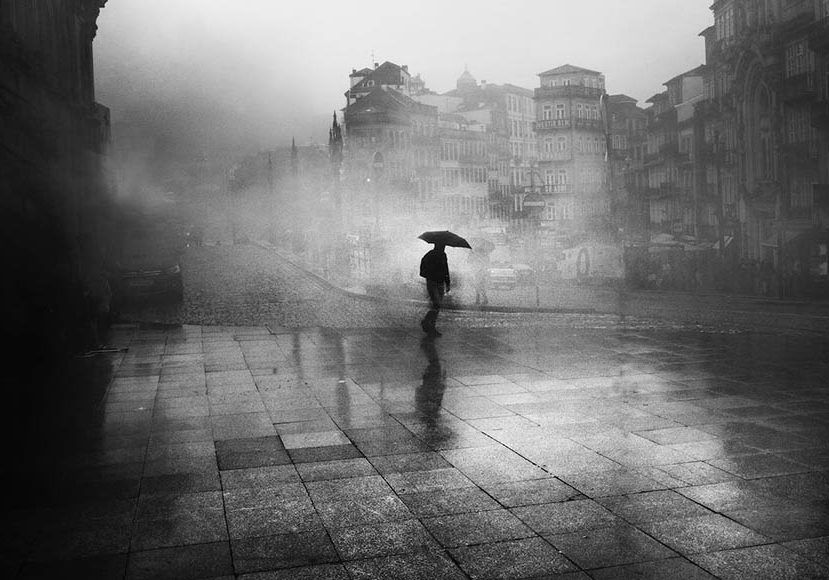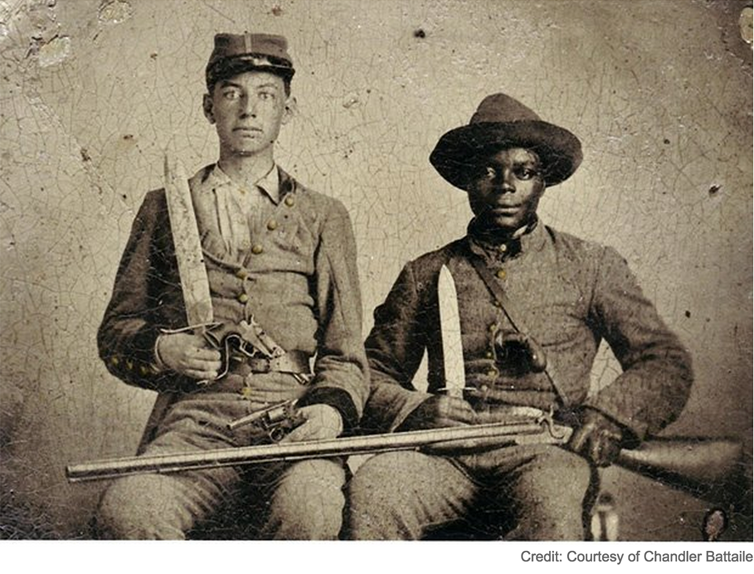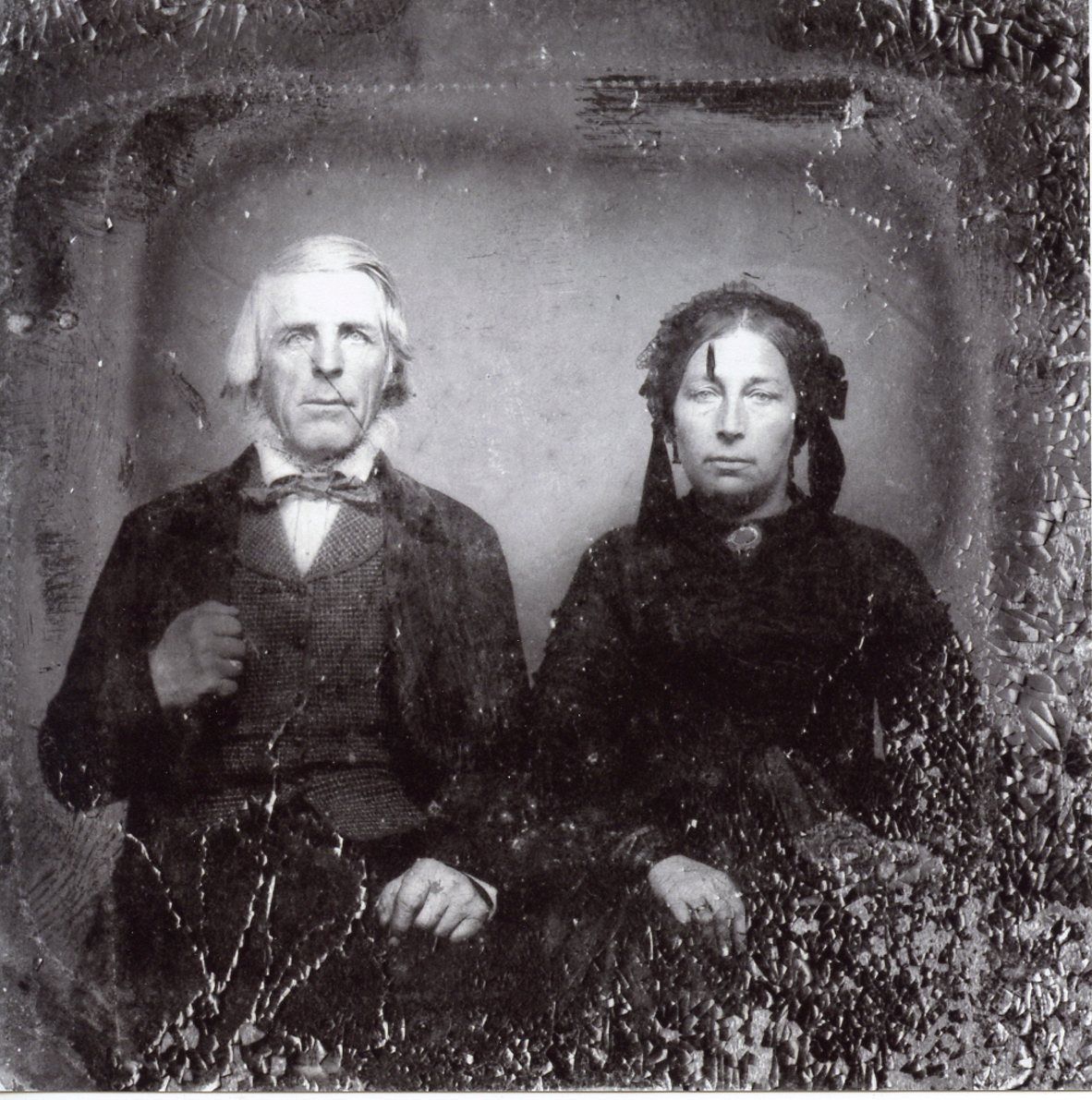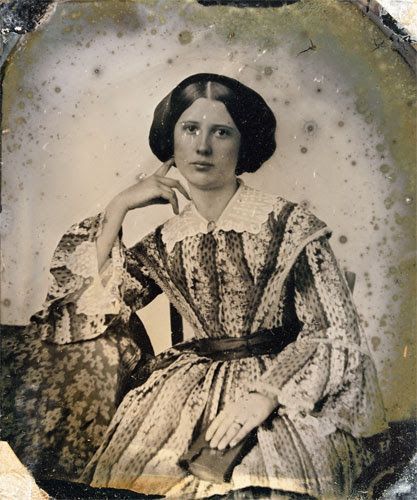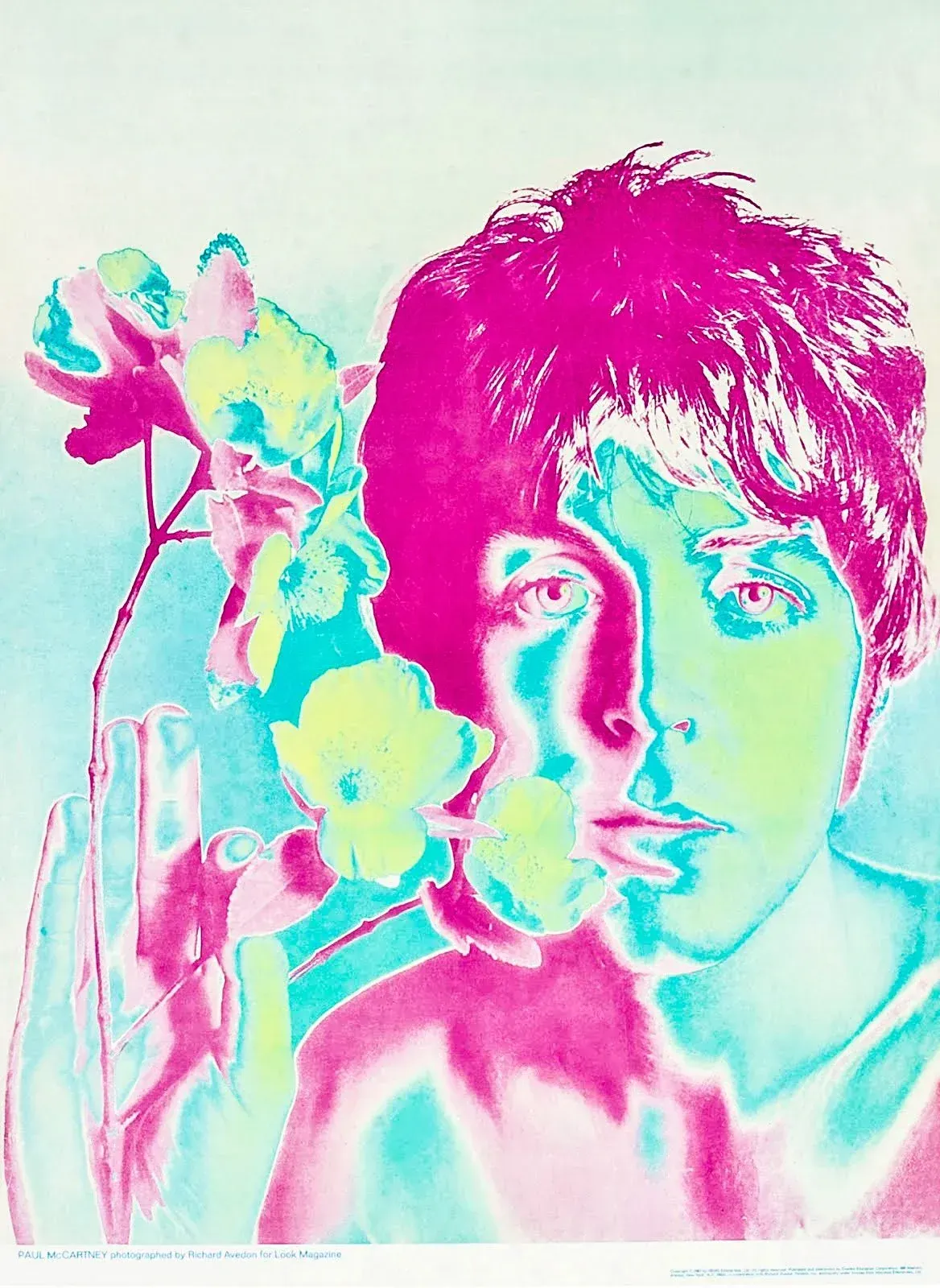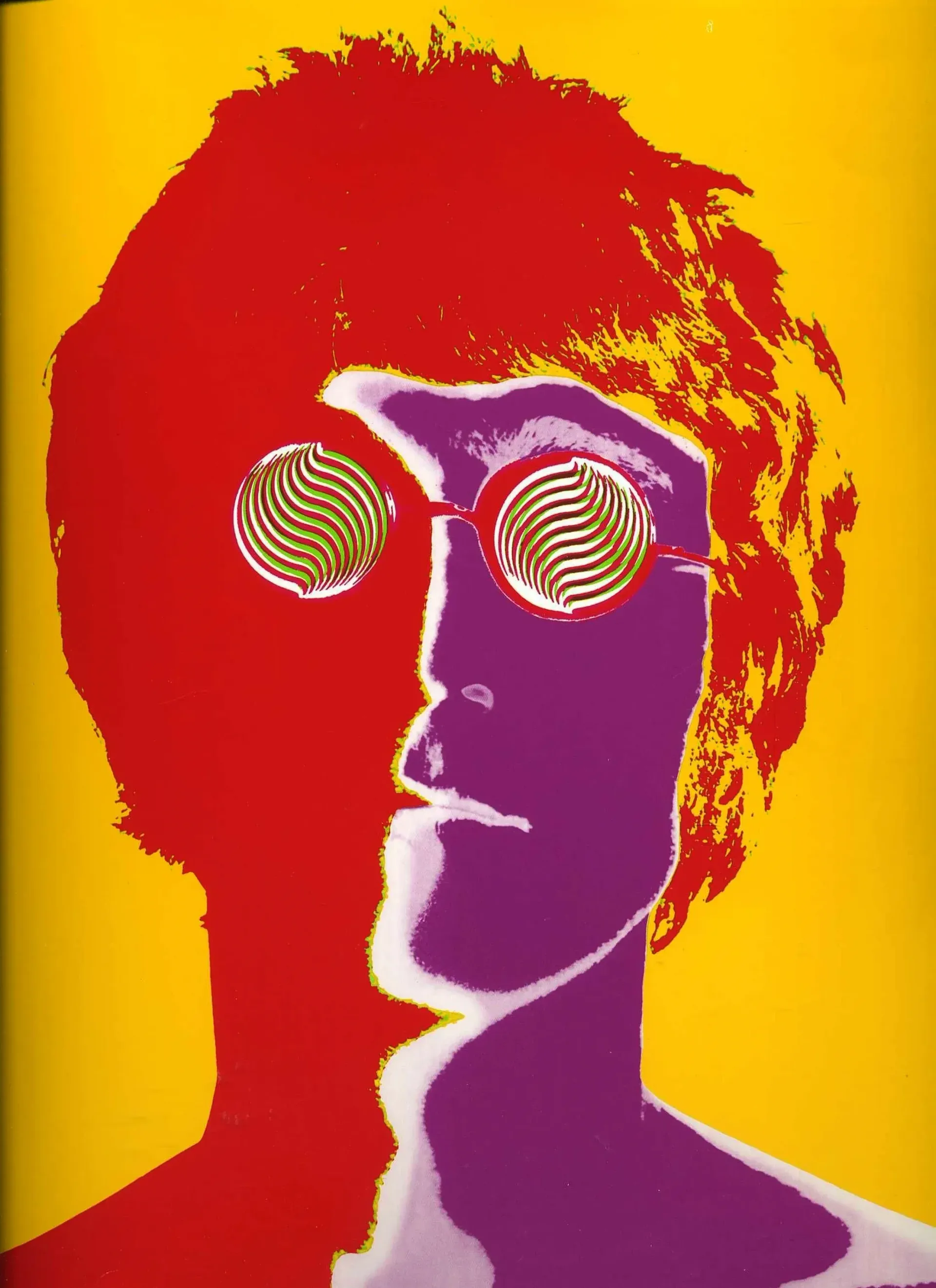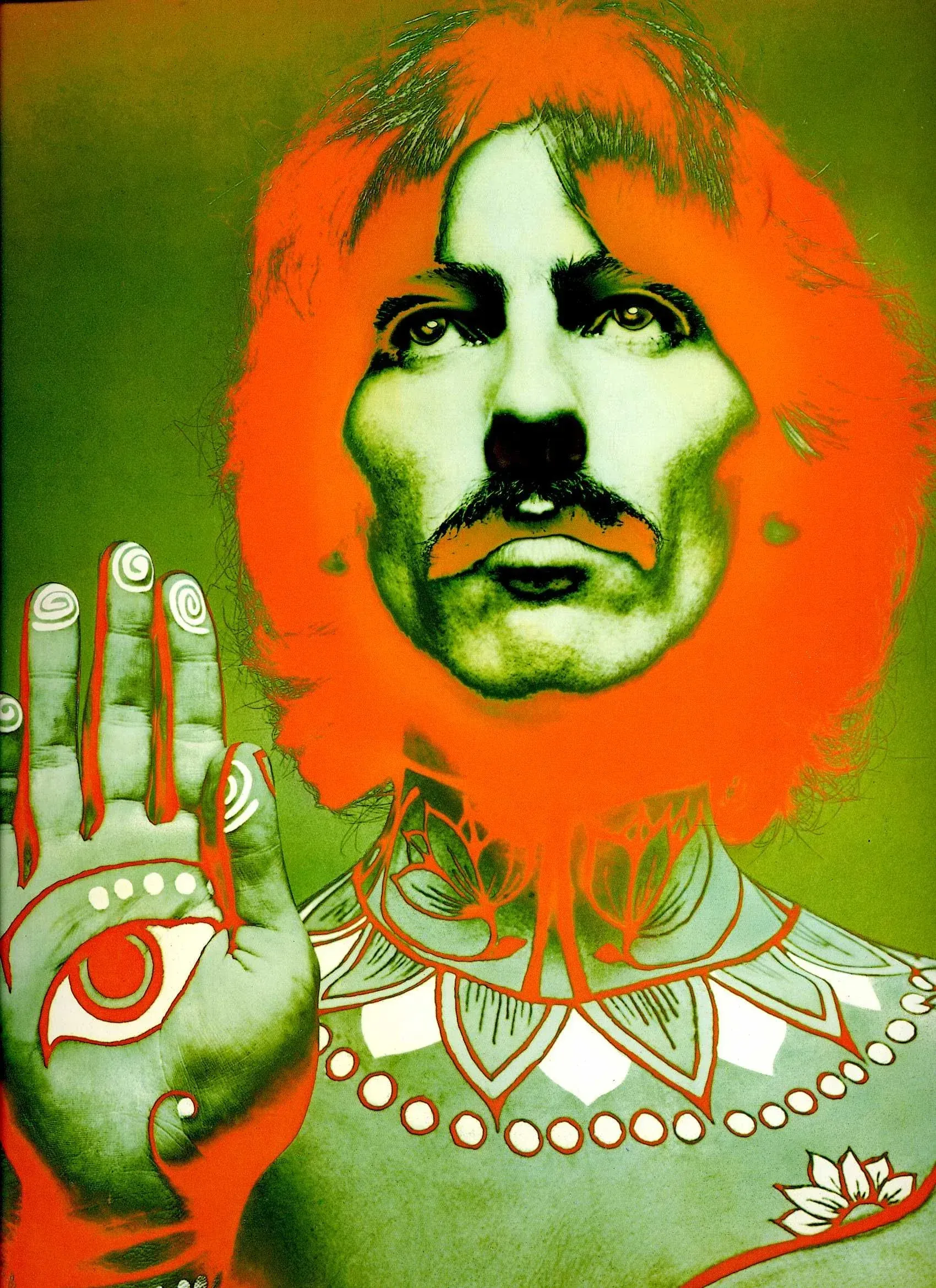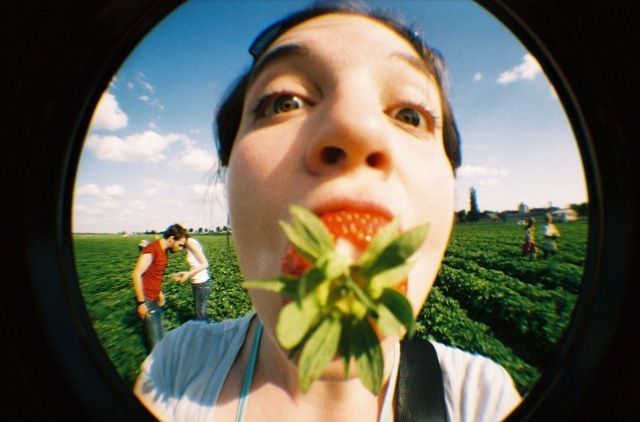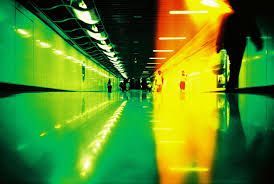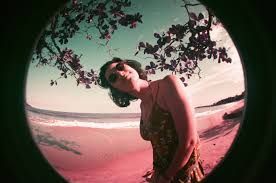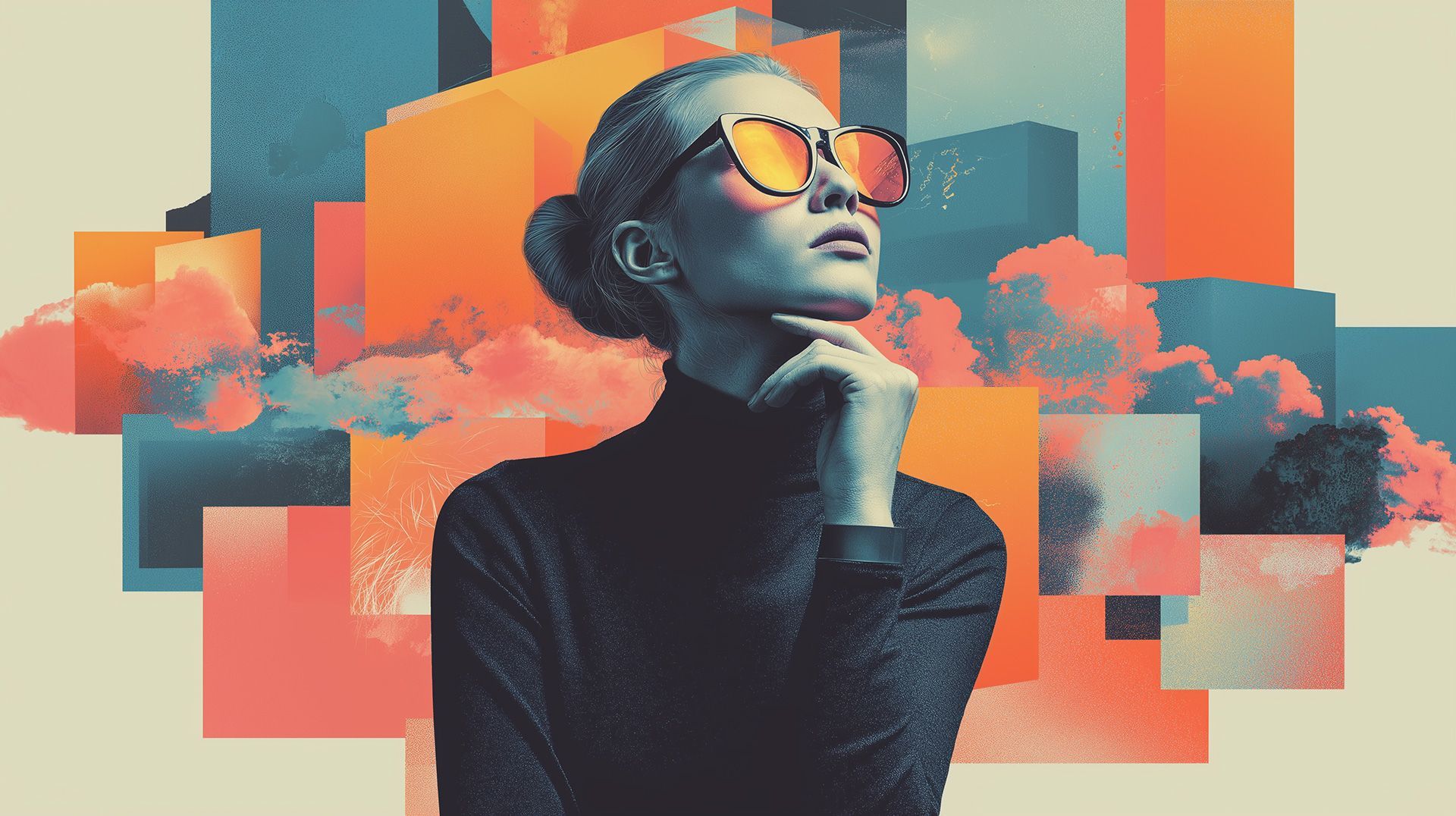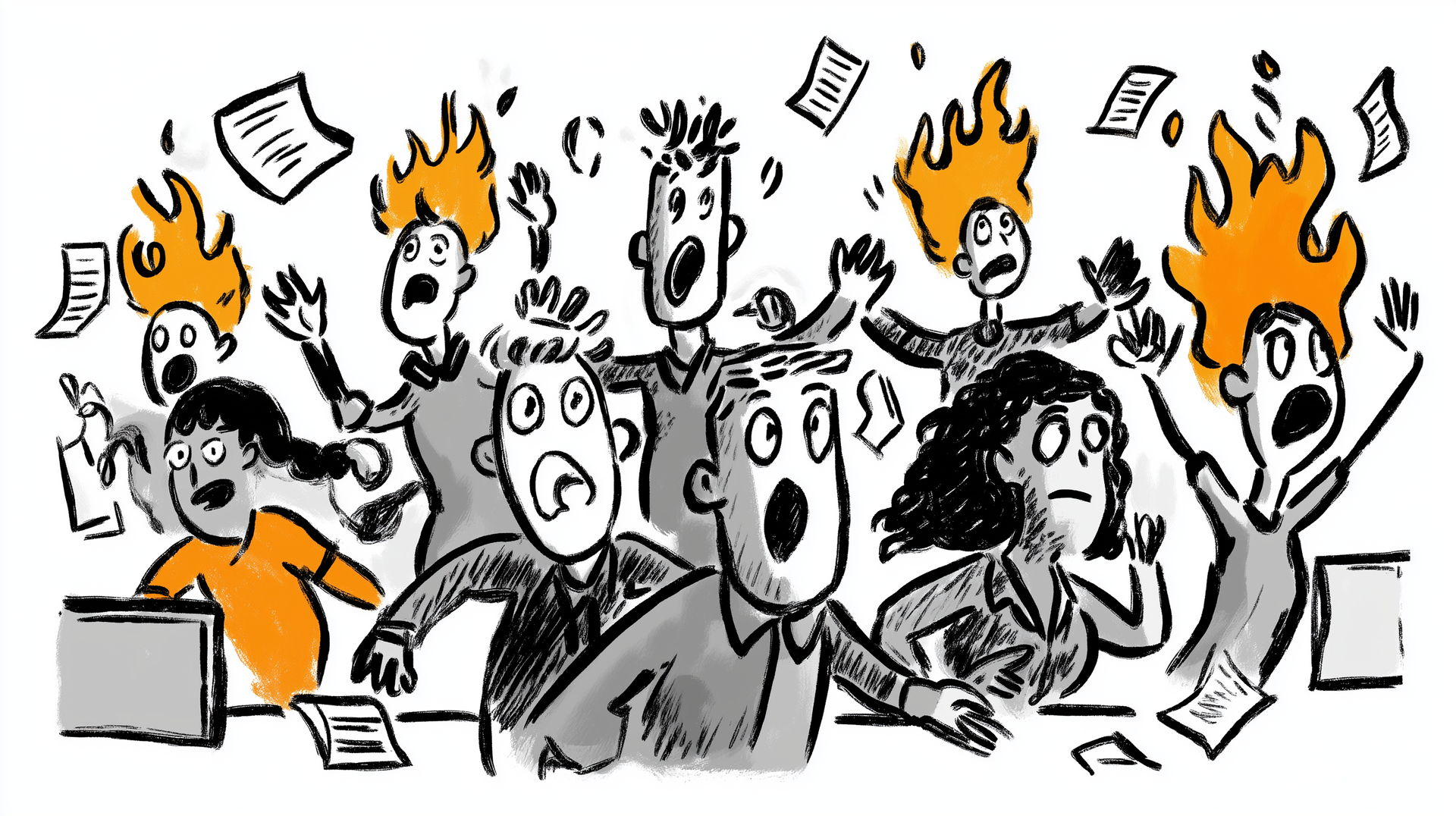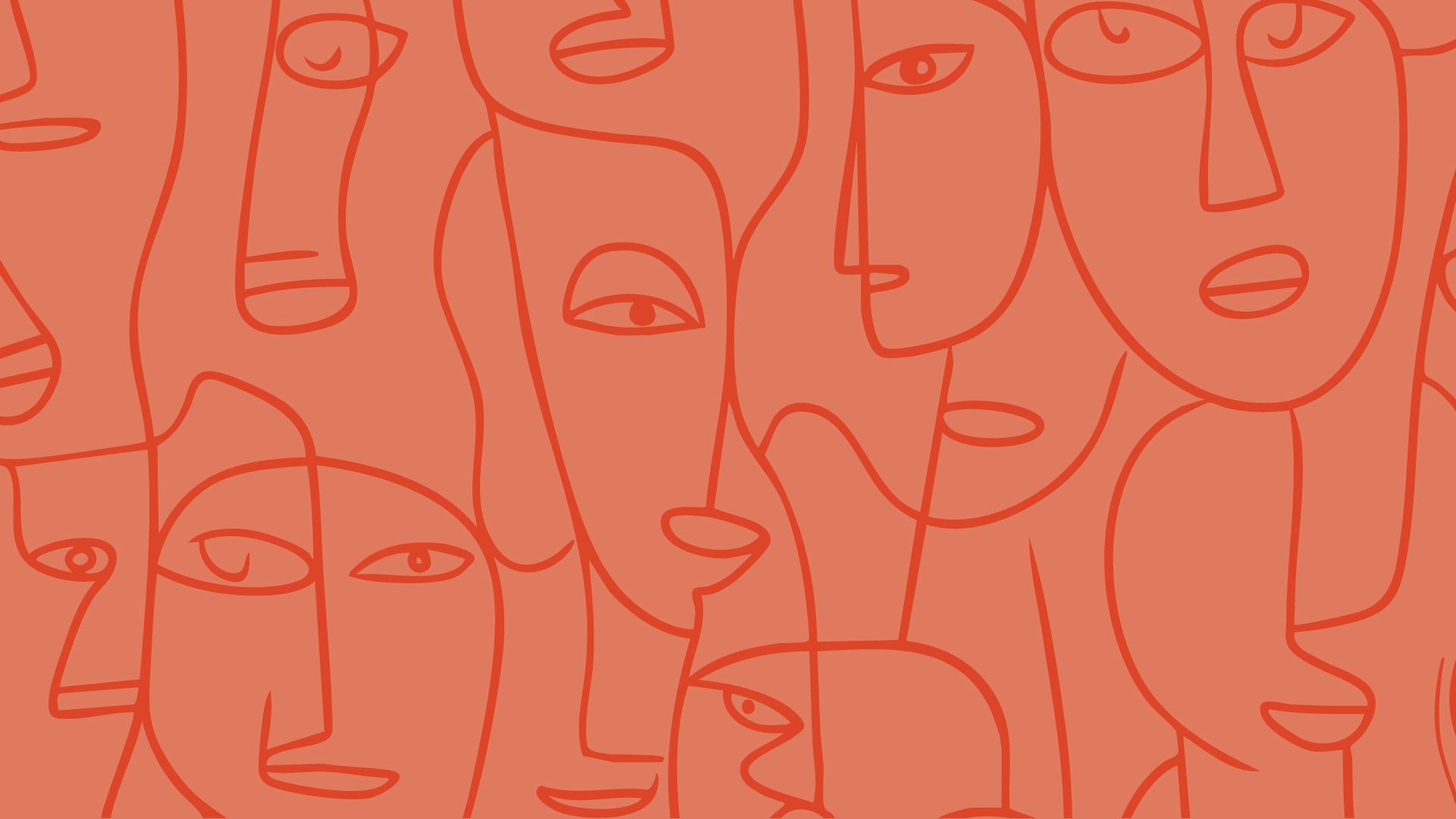From Darkroom to AI: 4 Classic Photography References Recreated with Midjourney
By Becky Loring
Not many people know this about me, but my first love was photography. I was a teenager when I saw Dovima with Elephants by Richard Avedon for the first time. It sent a shockwave through my brain. I was rewired. Obsessed with composition, addicted to light, and fascinated how still images could tell infinite stories.
Photography has shaped the way I see everything. So it makes sense that I’ve turned back to my first medium in my generative AI journey.
The Challenge: Bridging Film and AI
Working with Midjourney and similar tools often starts with a clear vision. Yet it can feel like guesswork to translate a specific film look into a prompt. Film photography isn’t just style. It’s chemistry, material, mechanics, and even chance. Communicating those elements to an AI that does not know physical tools is not simple.
The real question is how to give Midjourney enough context to capture the feel of film photography tools, processes, and techniques rather than a vague “vintage” effect.
The Midjourney Prompt Formula
To bridge that gap, here is a repeatable prompt formula based on how creative teams plan photographic work once a goal is defined. It starts with the subject and visual direction, then layers in material, texture, and technical setup.
[Subject or character], in the style of [art movement or medium], featuring [color + texture], set against [background], with [lighting + angle + framing]
This structure gives Midjourney enough context to generate consistent, specific results without losing creative flexibility.
Four Classic Photography References to Explore
1. Tri-X 400 Black & White Film
First released in 1954, Kodak Tri‑X 400 is a black‑and‑white film celebrated for its wide exposure latitude, pronounced grain and medium‑to‑high contrast. Street and documentary photographers like
Garry Winogrand relied on it for its ability to deliver striking images across varied lighting conditions.
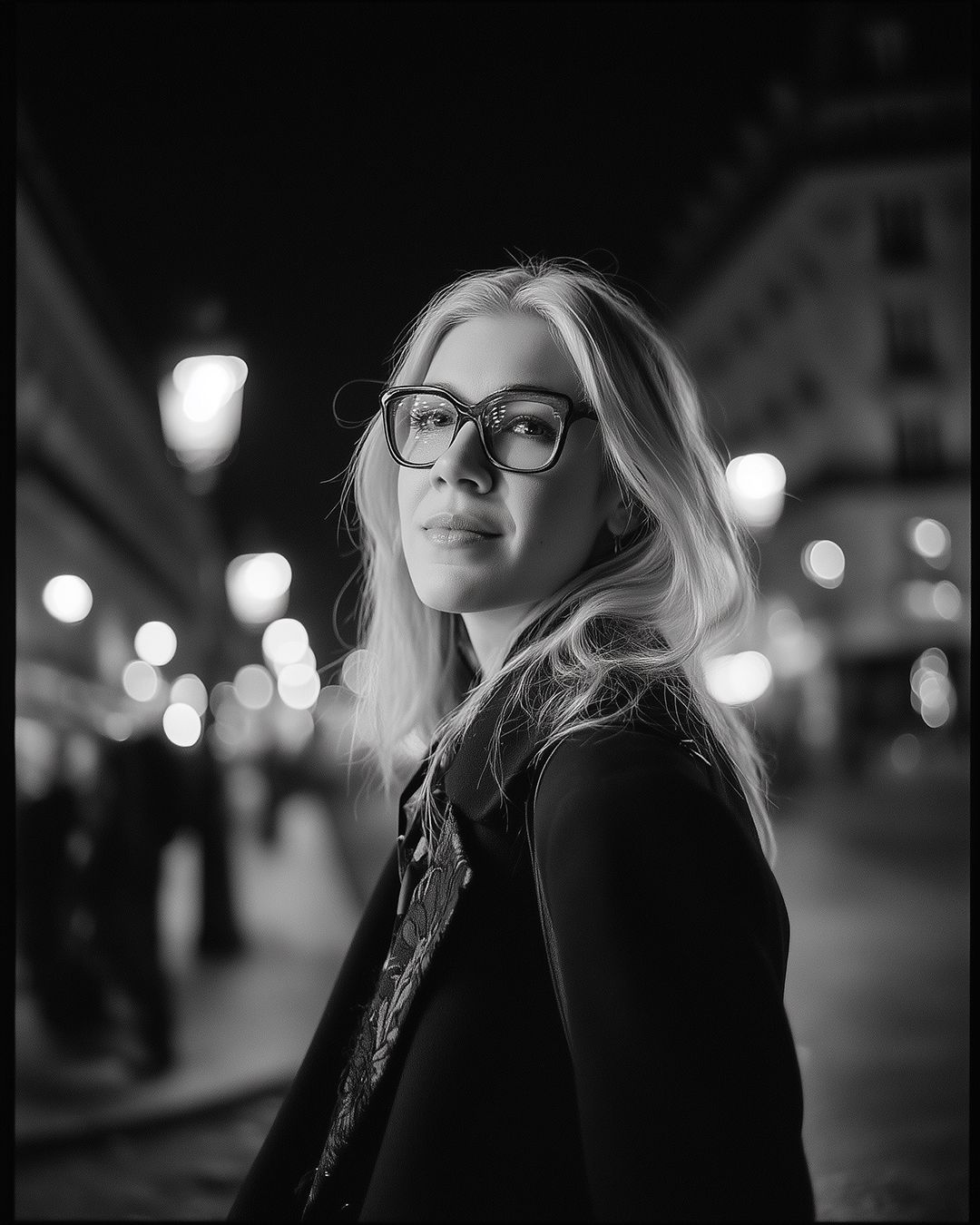
Midjourney Prompt
/imagine Portrait of a woman with long blonde hair and glasses, in the style of classic 35mm film photography using Kodak Tri-X 400, featuring medium-to-high contrast black and white tones and fine grain, set against a Parisian street at night, with soft ambient lighting, street lamps, and shallow depth of field in a candid over-the-shoulder angle. --ar 4:5 --v 7.0 --oref <insert reference URL>
Why It Works
The prompt names the film stock, highlights its grain and contrast levels and sets a context that suits photojournalist and street aesthetics.
2. Tintype Photography
Tintypes were popular from the 1850s through the early 1900s. They were created on thin metal plates using wet collodion, producing soft focus, low contrast images with rich sepia tones. Each image is a unique positive, often flawed and intimate.
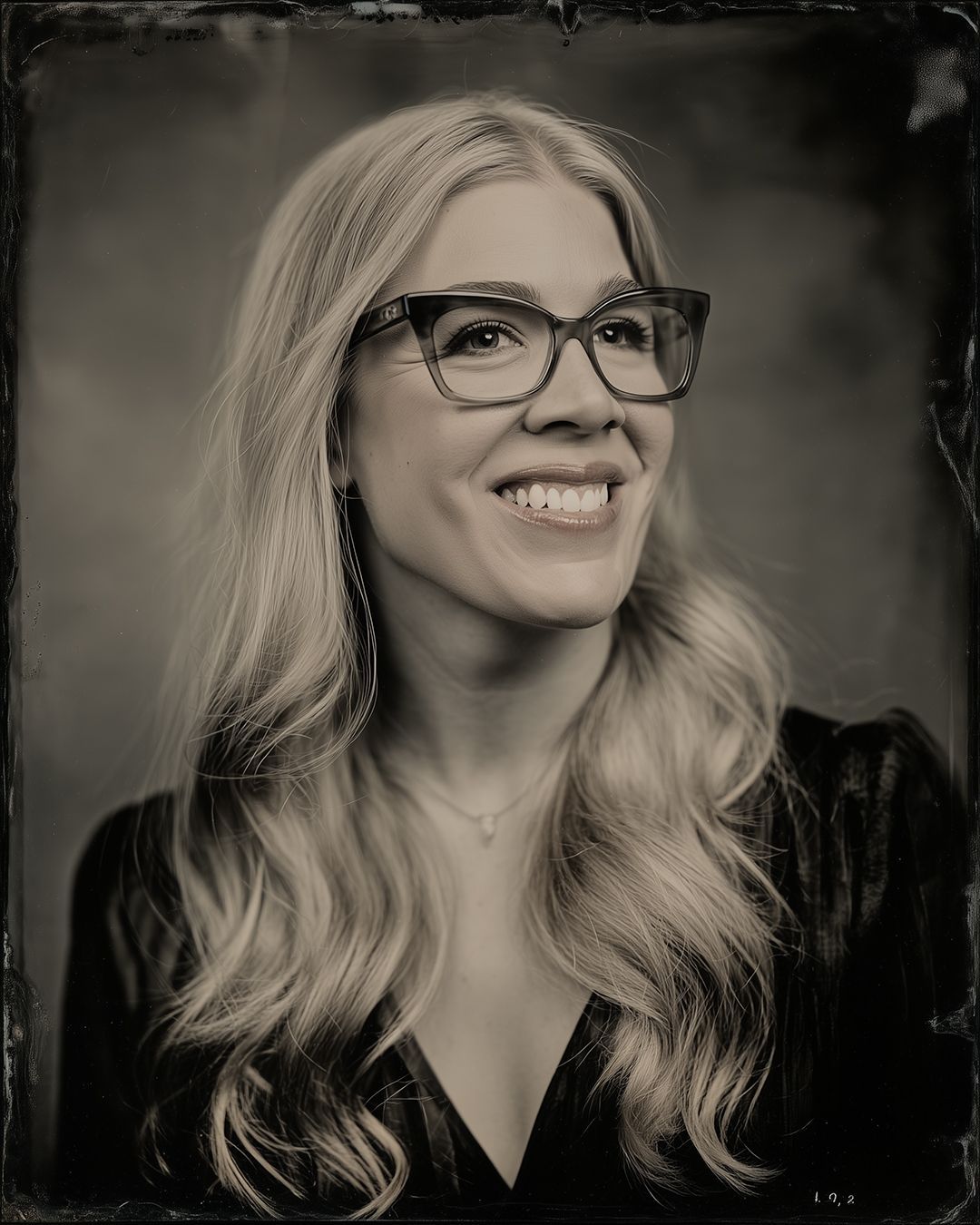
Midjourney Prompt
/imagine Smiling portrait of a woman with long blonde hair and glasses, in the style of 19th-century tintype photography, featuring sepia tones, soft focus, and wet plate artifacts, set against a painted studio backdrop, with diffused daylight and centered close-up framing. --ar 4:5 --v 7.0 --oref <insert reference URL>
Why It Works
This prompt references the metal plate process, the collodion artifacts, and the classic studio style of early portraiture.
3. Sabattier Effect + Dye Transfer Print
This hybrid look combines two distinct techniques: the Sabattier effect, which creates partial tonal reversal and glowing edge lines during film development, and dye transfer printing, a precise color printing method known for rich saturation and tonal control. Photographers like
Richard Avedon used this combination to create surreal, high-impact portraits in the 1960s. His
1967 Beatles series for Look magazine is a defining example. It merges psychedelic aesthetics with photographic depth and print precision.
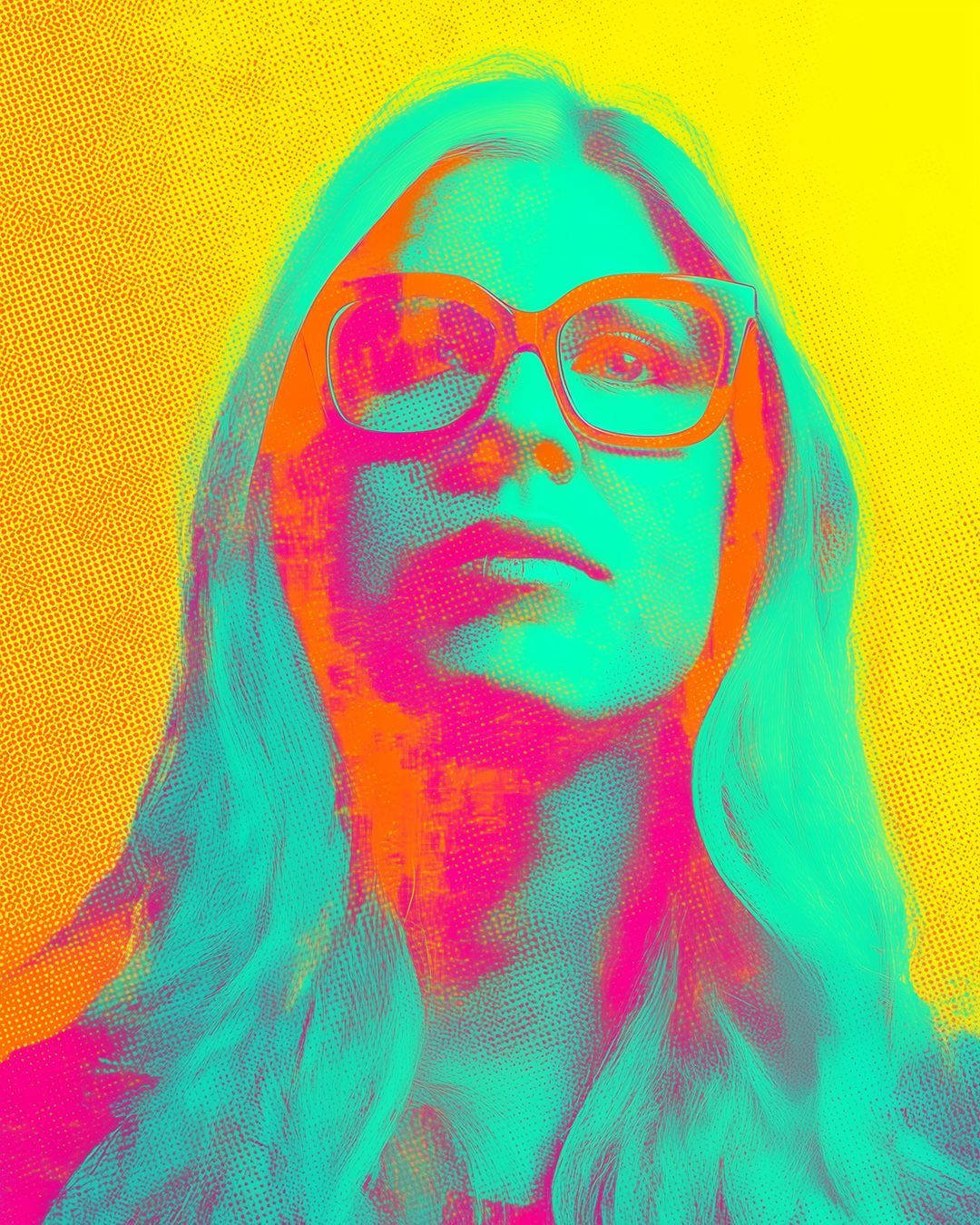
Midjourney Prompt
/imagine Portrait of a woman with long blonde hair and glasses, inspired by 1960s psychedelic photography and dye transfer printing, featuring solarized tones in neon pink and turquoise, layered with screen print-style texture, set against a high-contrast yellow background, with front-facing symmetry and flat pop-art lighting. --ar 4:5 --v 7.0 --oref <insert reference URL>
Why It Works
This prompt references the tonal manipulation of the Sabattier process and the vibrant layering of dye transfer printing. The color palette, symmetry, and lighting echo 1960s editorial portraits that used these techniques to bridge photography and graphic design.
4. Lomo Fisheye Lens
The LOMO LC-A was a Soviet-era 35mm film camera introduced in 1984.
Lomography embraced imperfect film photos characterized by high saturation, vignetting and distortion. The fisheye lens exaggerates perspective, popular among subculture photographers in the 1990s.

Midjourney Prompt
/imagine Candid photo of a woman with shoulder-length blonde hair and glasses, in the style of lomography using a 35mm fisheye lens, featuring saturated film colors and motion blur, set against a wall of 90s concert posters, with low-light flash exposure and extreme wide-angle distortion from a low perspective. --ar 4:5 --v 7.0 --oref <insert reference URL>
Why It Works
This prompt calls out the specific camera culture, lens effect and emotional energy that defined Lomo aesthetics.
Why This Approach Is Effective
Precision
Naming film types, processes, and tools helps Midjourney replicate texture and tonality more faithfully than generic terms like “retro” or “vintage.”
Repeatability
The structure can be swapped across other styles, subjects, or settings, giving consistent image logic and visual quality.
Cultural Grounding
These film styles carry their own aesthetic histories. They mean something because they were used in real moments of visual storytelling.
Use Cases for Creative Teams
- Mood‑boarding: Quickly generate authentic-style references.
- Brand work: Match imagery style to brand identity or era.
- Campaigns: Maintain consistency across multiple visual assets.
- Client feedback: Ground proposals in recognizable aesthetic references.
Final Thought
Film photography taught me that every image must be intentional. The sheer time and energy it took to create something on film required focus, patience, and deliberate choices. Generative tools can help us move faster and explore more variations, but that doesn’t mean we can run past intention. The key is building prompts with the same level of awareness that photographers brought to the set and the darkroom.
While film tools are no longer the default, their visual language continues to shape how we create and communicate. When we ground AI prompts in those references, we move beyond surface-level style and into something more considered. The result doesn’t just look good. It carries the weight of visual history behind it.
